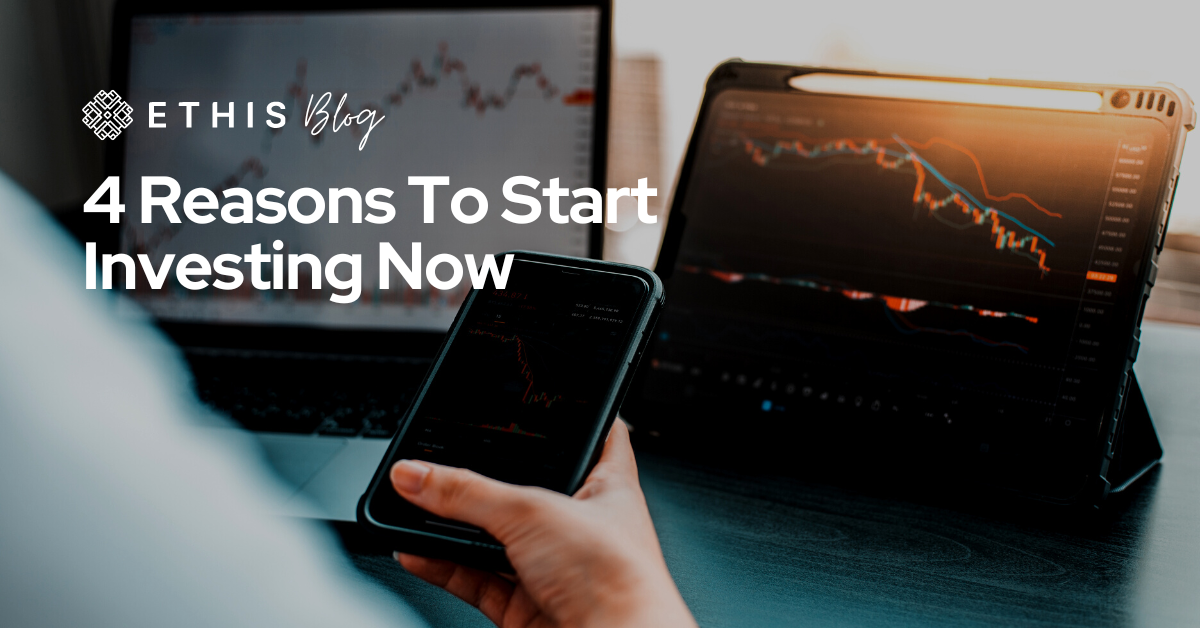
In the conventional banking system, borrowers apply for loans at banks, which then lend them money at interest. This is how the banking system has worked for centuries. Peer-to-peer lending (P2P lending), however, is a brand-new category of lending that has emerged recently.
Typically, this newer form of lending allows borrowers to source for funding from individual lenders and independent parties instead of banks. This has created a rather new innovative paradigm between investors and borrowers, paving the way for businesses and companies to reach their funding milestones without the notorious red tape found in traditional institutions.
On the other hand, investors get to diversify their portfolio through a stream of promising opportunities via crowdfunding-oriented platforms. In this regard, P2P lending might represent one of the most optimal forms of investing for those looking to expand their financial horizons.
Related: 3 Things To Do Before A Fundraising Round For Early Stage Companies
What is P2P Lending?


Peer-to-peer (P2P) lending is the practice of individuals lending money to other people or companies. In the past, a person or business would go to a bank or other financial institution to apply for a loan whenever they needed to borrow a certain amount of money. By connecting borrowers and lenders directly, peer-to-peer lending eliminates the need for the bank to act as a middleman.
Essentially, peer-to-peer lending or financing as we know it today is an innovative form of crowdfunding and a way for people or companies to ask for capital from investors through a digital platform. The online platform acts as a go-between or middleman between the investor and the requestor. Then, several investors contribute their money to a request made by an SME or company. In a nutshell, it links financiers looking for attractive returns with borrowers looking for financing.
Related: Here are 7 reasons why you should invest through P2P Crowdfunding over a bank today!
How does P2P lending work


Peer-to-peer loans are available on online lending platforms, and those interested must go through a prequalification process to determine their eligibility. They will receive an estimate of the loan terms and costs from the lender. Based on these projections, they can then submit their application. The lender will also run a hard credit check, and the applicant will find out if their loan application was approved or not.
The loan then moves on to the funding stage, where it is evaluated by a number of investors. The amount you want to borrow will have a significant impact on the lender’s decision to fund all or part of your loan.
Peer-to-peer borrowers can obtain an electronic transfer by amassing enough loans from sufficient lenders. Based on your repayment terms, lenders will receive your disbursed fixed monthly payments.
Related: Top 9 Reasons Why You Should Diversify your Investments in P2P Ethis
Why is P2P lending here to stay
1. Predictions of great potential with P2P
Small and Medium Enterprises are growing tired of the conventional means of financing as banks grow more weary of loan applications and tighten their restrictions on approval processes. This in turn puts more focus on the rising demand for alternative means of financing, and P2P Lending is seen as a rising star in tough times.
The main benefits cited by borrowers and business owners for using P2P platforms include lending based on potential repayments rather than historical track record, the agility of fintech platforms, and quicker turnaround times—from first engagement to drawdown within 10 days compared to up to several months with banks.
2. It’s a great alternative for businesses
You as an investor have the option to invest on P2P lending platforms that provide investment in business loans. These platforms are frequently referred to as crowdfunding or crowdlending platforms.
Business assets like accounts receivable, inventory, commercial pledges, or real estate are frequently used to secure loans through such platforms. For seasoned investors looking to invest in secured loans, investing in business loans is a common investment strategy.
3. Personal lending specificity
Investing in consumer loans, also known as personal loans, is the most typical investment type in the peer-to-peer lending sector.
Most of the time, you are using a platform to invest in the loan portfolio of a dedicated loan originator, or loan provider, who operates in a single market.
4. Reinforced security for real estate investors





The safest type of investment in the peer-to-peer lending sector is making business loans backed by mortgages.
Each loan that is provided includes a specific appraisal report that enables you to evaluate the value of the security providing the loan.
Although investing in real estate loans is safer, the minimum investment amount per loan is based on a number of different factors and the investment term is typically at least 12 months. Nonetheless, this depicts the versatility of P2P Lending to offer a wide range of options to cater for different risk appetites.
Related: Shariah-Compliant Investments: The Challenges to Peer to Peer (P2P) Lending Solutions
5. Speed and efficiency for borrowers
Borrowers typically receive loans from financial institutions like banks or credit unions instead. P2P lending enables borrowers to completely avoid this system, which frequently enables them to obtain funds more quickly.
Additionally, it enables lenders to profit from their investment through other individuals. What’s more, many online platforms have security features to safeguard the personal and financial details of both lenders and borrowers.
6. More opportunities for borrowers
Some borrowers might not be eligible for loans from conventional financial institutions or may not be able to get them. P2P lenders might have particular requirements, which might give borrowers more loan options. Many lending platforms ask borrowers to fill out an initial questionnaire in order to quickly and easily prequalify them for loans.
7. Higher potential returns


With the potential for very attractive returns, P2P lending has the special characteristics of an alternative asset class. When compared to the stock market, P2P lending gives investors the chance to make more money. P2P loans can offer double-digit returns of 10, 11, and even 12%, in contrast to the stock market, which is typically said to offer an annual return of 8% on average.
However, it’s important to take note that P2P loans offer investors a much higher return at the cost of potentially higher risk. For reference, bonds are more liquid than P2P loans, and both are less erratic than the stock market. Bonds have a much longer time horizon than P2P lending does, with many common treasury bonds lasting 20 or 30 years. Therefore, in the grand scheme of things, P2P Lending is a fairly quick way to see greater profits.
8. Better predictability of returns
The predictability of returns is one important way that P2P loans and the stock market differ from each other. P2P lending gives investors the expected returns and repayment schedule, unlike the stock market, which can change direction at any time. For many investors, this prospect of consistency in income generation is the ultimate reason for choosing P2P Lending as a prominent asset class.
9. Great opportunities with minimised risk
While it’s true that the risk in P2P Lending is clear, there are ways to mitigate such risk and the P2P Lending platforms can play a big role in that aspect, making numerous adjustments and taking important steps to reduce risk for lenders.
For instance, even after the lender and buyer come to an agreement, risk reduction should still be practiced through the mechanisms in place via platforms. The platform should make it easier to sign a contract that is legally binding and collect and hold borrower postdated checks that the lender can use to start legal action if there is a default. This should greatly reduce the risk when combined with a diligent and proactive collection process.
Lastly, it leads to sturdier portfolios


By spreading your investment across a variety of borrowers, you can start to mimic the platform’s overall default rate while gaining stability and consistency in your portfolio and reaping the rewards, just like banks do.
Additionally, there are agreements and legal options if the borrowers don’t pay. If you had invested in, say, a publicly traded bluechip company that filed for bankruptcy, this would not be possible.
P2P lending is an intriguing investment opportunity overall for those looking to combine the advantages of various asset classes. P2P lending offers the potential for high returns that every investor seeks, requires little capital to get started, and can produce predictable, passive income.
It also has a comparably short time horizon. Investors are undoubtedly drawn to P2P lending’s many advantages, but it’s important to keep in mind that these loans can occasionally be riskier than other investments and frequently have lower liquidity.





Top Posts
Islamic P2P Crowdfunding Explained
How to Earn Halal Money? The Money Mindset
Halal Investments for Singapore Muslims? It’s time for a shake-up in the Islamic Investments scene.
Smart investment for making Halal money
3 Reasons Why Property Crowdfunding is the Smart Investment for You